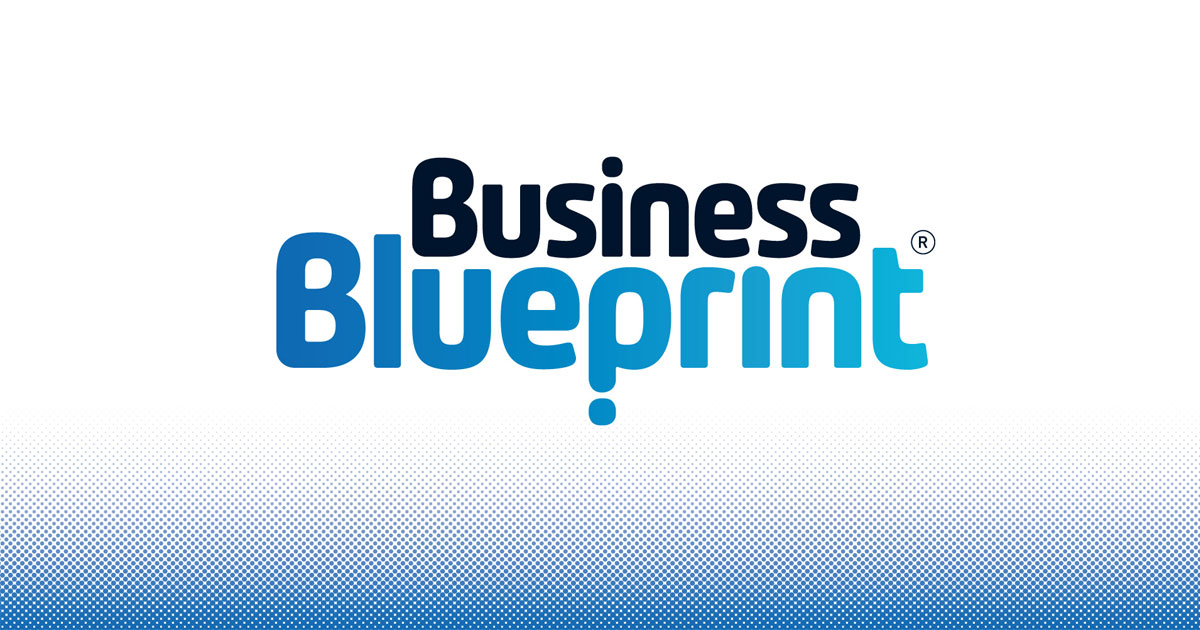If you are in the business of selling a product, you definitely have a hand in customer service. The question is, what level of customer service is our company providing? Learn how to develop and deliver great customer service from someone who started out by with blunders and now known for his great customer service in this interview between Dale Beaumont and David Staughton.
David Straughton is an in-demand corporate and public speaker. Founder of Think Big and trainer to hundreds of companies on topics such as generating sales, improving productivity and much more..
You are known for having great customer service. How did you develop and deliver that service?
When I first started, customer service was terrible. I had no idea about what customers really wanted or how critical it was. I was always stressed out and we made mistakes everywhere. Then we hired better staff, trained them and used lots of simple systems. We sent out four-page customer satisfaction surveys and spent a lot of time eliminating our mistakes. We worked hard on having back-up systems and improving our service. It worked – by word of mouth business grew and we eliminated any negative publicity with service recovery programs.
Customers typically remember some events more than others – especially the ones that were most painful or pleasurable (the higher the emotional intensity, the stronger the memory). This is very useful in understanding what customers really value in a customer experience.
First impressions and last impressions are critical. These are the ‘defining moments‘ or ‘moments of truth‘ that customers use to get a gut feeling about whether you really provide value.
A useful analytical tool for customer experience is FLOW:
- F is for ‘First‘ – look at how you can make a better first impression and ultimately improve your service.
- L is for ‘Last‘ – the last impression is based on the last interaction you have with your client – a meeting, your farewell, an event, a newsletter or even an invoice.
- O is for ‘Ouch‘ – this is where customers have been slapped around or have had a painful experience. Most customers are far more aware of the painful interactions than the pleasurable ones.
- W is for ‘Wow‘ – things that would normally impress the clients and make them go ‘Wow!’ The wow-factor will result in more word-of-mouth referrals.
For more of this interview and how to develop customer service standards check out “Secrets of Small Business Owners Exposed!“





